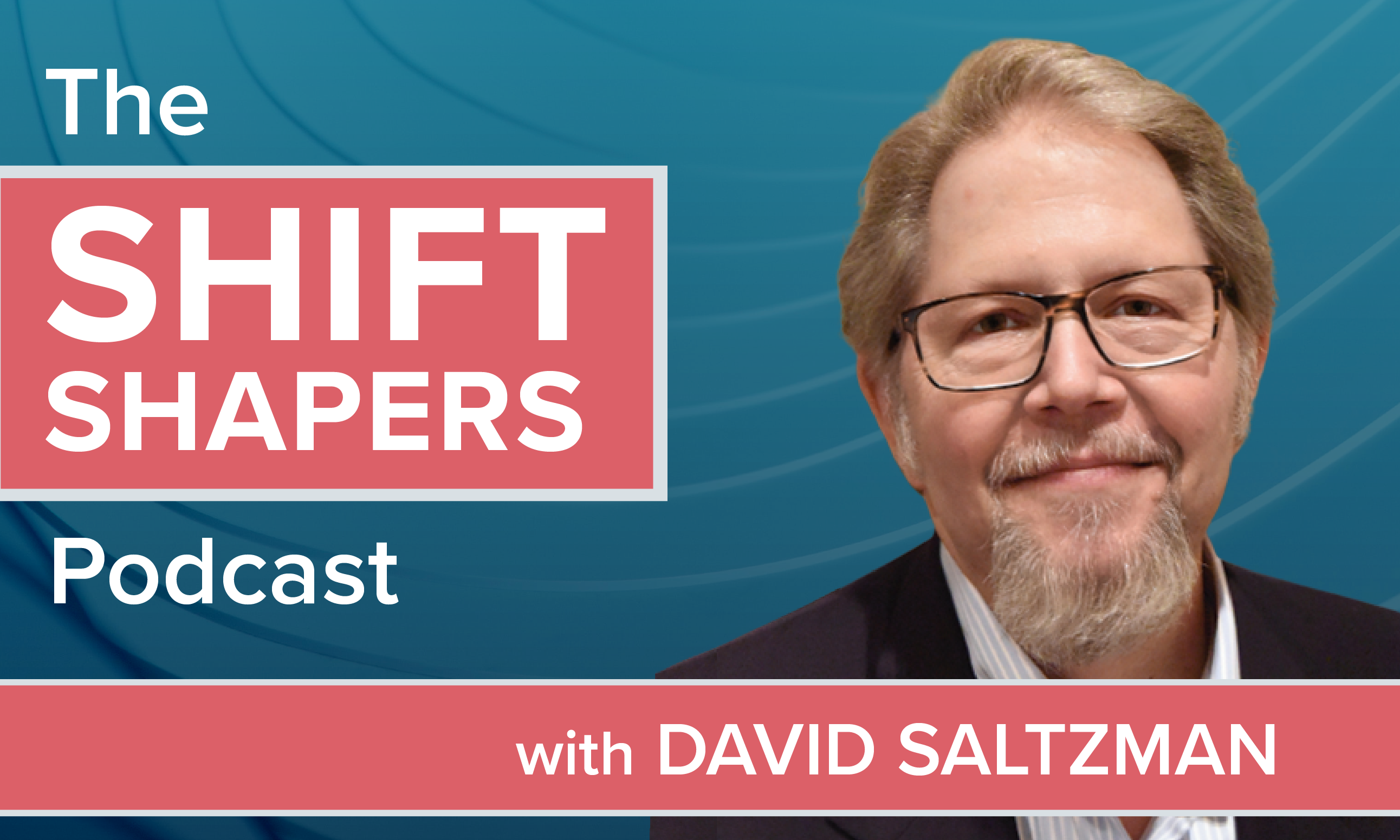 As consumers across the countryselect their 2020 benefits plans, brokers may be reflecting on thestrategies they used to help employer clients create andcommunicate comprehensive benefits offerings. And while it'simportant to set employers up for a successful open enrollment season,sophisticated brokers know the work does not stop here.
As consumers across the countryselect their 2020 benefits plans, brokers may be reflecting on thestrategies they used to help employer clients create andcommunicate comprehensive benefits offerings. And while it'simportant to set employers up for a successful open enrollment season,sophisticated brokers know the work does not stop here.
To effectively help employers increase the ROI of their benefitsinvestments and improve employee benefits satisfaction, brokersmust work with clients to develop and execute a year-round benefitscommunications plan – educating employees on how they can make moreinformed choices when it comes to not just choosing health plans,but using them wisely throughout the year.
|Here are tips for delivering continuous value to employerclients post-open enrollment season:
|Promoting cost-conscious health care choices throughoutthe year
|To reduce health care spend for employers and employees alike,brokers can encourage clients to offer tools and resources thathelp employees compare costs for health care services andtreatments. For example, brokers may advise clients to invest intransparency tools that offer comprehensive information about localservice or prescription options and associated costs. Resources like cost comparison reports enable employees tounderstand that prices for treatments can vary greatly in price —even in the same network. With this information, consumers are ableto make informed, cost-conscious decisions about where they receivecare.
|Brokers may also suggest that clients invest in patientadvocates, who can help answer employee questions about theirhealth care coverage and options in real-time throughout the year.For instance, advocates can provide employees with informationabout where to get care (and even schedule appointments), reviewbills for inaccuracies and help manage claims.
|Creating a more formal communicationsstrategy
|If employers do decide to invest in transparency andadvocacy services, brokers should help clients actively promotethese offerings throughout the year. It's critical to keep theseservices top of mind for employees; if employees know theseresources exist, they're more likely to use them, therebyincreasing ROI of the employers' investment in those services aswell as their benefits program in general, while boosting employeesatisfaction with their employer.
|In a survey of more than 120 brokers, 81 percent of respondentssaid their employer clients highly depend on them for help with communications. Consistentcommunications across a variety of channels helps employer clientsensure that all employees, regardless of generation, work scheduleor location, have the information they need to most effectively usetheir benefits.
|While the content of the communications may vary from employerto employer, brokers should generally advise that employers shareinformation and best practices to make smart choices under theirselected health plan. For instance, brokers might steer employerclients to share information on why it's important to shop forcare, how to find lower prescription drug prices or how to usetax-advantaged reimbursement plans to their fullest potential.
|In addition to helping shape the benefits content that'scommunicated to employees, brokers can also work with employerclients to ensure those messages reach employees. An employee'sworksite and work schedule can tremendously impact when, how andwhere they receive benefits information. For instance, home mailersmay be effective for employees with dependents, while employees onthe road might find audio recordings of benefits best practices, ortexts with tips, more helpful.
|In addition to geography, brokers can also consider otheremployee demographics when developing benefits communication planswith clients. Though some generational generalizations prove to betrue, brokers should remind clients that it's more important tolook at employees from the perspective of differing priorities(planning for retirement versus paying off student loans),different levels of health care and health insurance literacy andexperience in choosing and using benefits.
|Preparing for off-cycle enrollments
|Increasingly, employers are offering off-cycle enrollmentperiods for voluntary benefits. A 2018 survey from Willis Towers Watson showsthat employers are expanding their offerings of voluntary benefitsand services to help employees meet their overall financialwell-being and security. Nearly 70 percent of respondents believethat voluntary benefits will be a very or more important componentof their employee value proposition in three to five years.
|As traditional open enrollment season winds down, now is thetime for brokers to work on off-cycle enrollment plans. They shouldask clients which voluntary benefits they intend to offer and thencreate a communications strategy that educates employees on howoff-cycle enrollment periods work, including the timeframe toenroll and whether or not it makes sense for them to invest in thevoluntary benefits being offered.
|Priming for open enrollment 2020
|As early as January, brokers should sit down with employerclients to talk about how their 2019 open enrollment experienceswent and if their goals were met. The discussion should touch onwhat went well, what didn't and where process improvements can bemade for 2020. While the conversations will vary based on theemployers' objectives, brokers and their clients may look at datasuch as the number of employees who met with benefits educators (ifoffered), percentage of employees who made a change to theircoverage(s), enrollment in certain plans and employee satisfactionrates when surveyed on their open enrollment experience.
|It's also important to note which questions were asked mostfrequently by employees throughout the open enrollment season, asbrokers can help employers better address these questions inyear-round communications strategies and/or in planning for openenrollment 2020.
|By understanding what can — and should — be done now, brokerscan deliver greater value to clients and help them add value totheir benefits strategies.
|Bart Yancey is the co-founder of DirectPath and thePresident of Engagement. Since 2004, he has led its growth into oneof the top strategic employee engagement, health care transparencyand compliance companies for Fortune 1000 employers.
Complete your profile to continue reading and get FREE access to BenefitsPRO, part of your ALM digital membership.
Your access to unlimited BenefitsPRO content isn’t changing.
Once you are an ALM digital member, you’ll receive:
- Critical BenefitsPRO information including cutting edge post-reform success strategies, access to educational webcasts and videos, resources from industry leaders, and informative Newsletters.
- Exclusive discounts on ALM, BenefitsPRO magazine and BenefitsPRO.com events
- Access to other award-winning ALM websites including ThinkAdvisor.com and Law.com
Already have an account? Sign In
© 2024 ALM Global, LLC, All Rights Reserved. Request academic re-use from www.copyright.com. All other uses, submit a request to [email protected]. For more information visit Asset & Logo Licensing.







